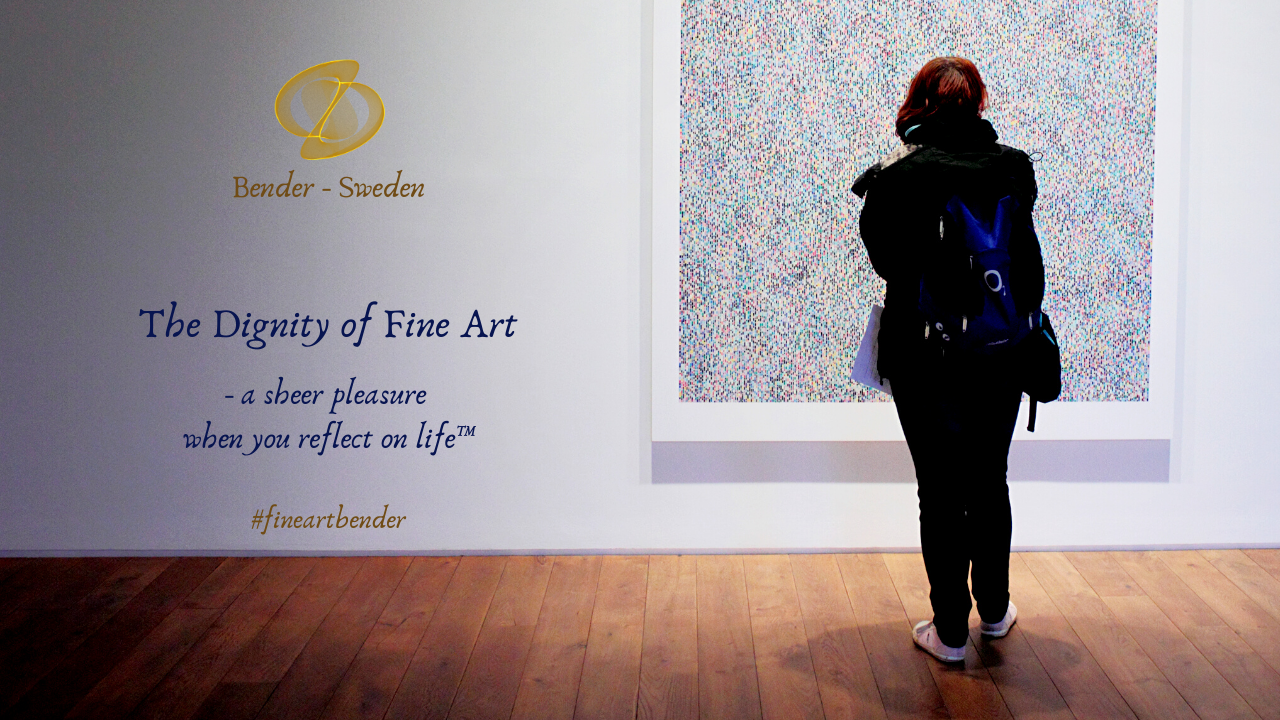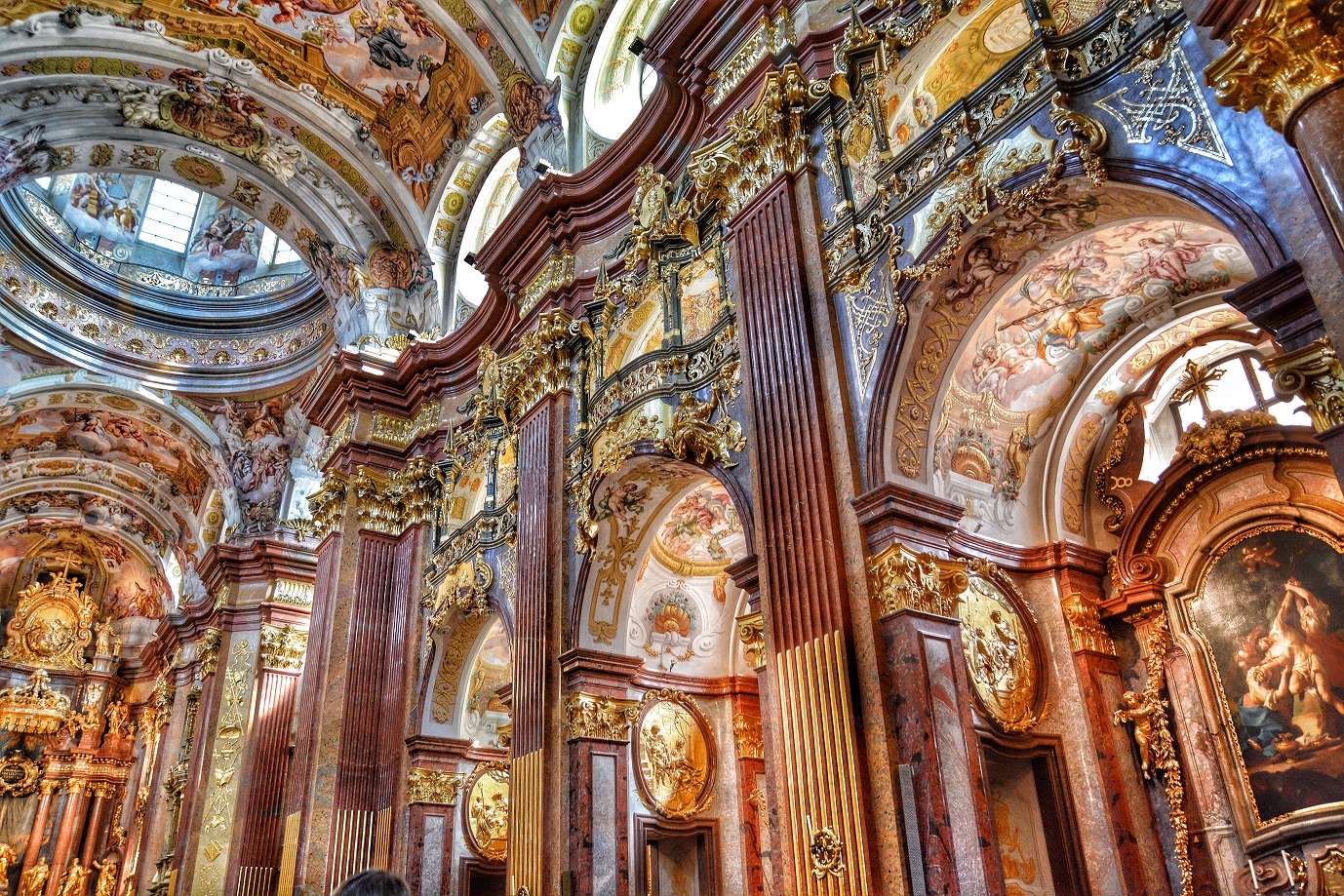How art
has contributed to preserving and spreading
historical and cultural memories
over time and space...
I am working on this page.
Art is one of the oldest and most universal ways of documenting and sharing human experiences, values and identities. Through art, we can learn about our past, understand our present and imagine our future. Art has contributed to preserving and spreading historical and cultural memories over time and space in several ways.
First, art has served as a medium for recording and depicting historical events, people and places. Artists have used various techniques and materials, such as painting, sculpture, photography, film and digital art, to create works that testify to what has happened in the world and how it has affected people.
Examples of such works are the cave paintings in Lascaux that show life during the Stone Age, Leonardo da Vinci's Mona Lisa that portrays a woman from the Renaissance, Pablo Picasso's Guernica that depicts the bombing of a Spanish city during the Spanish Civil War, and Ai Weiwei's Sunflower Seeds that represent the millions of people who suffered from the Chinese Cultural Revolution.

Lascaux that show life during the Stone Age

Lascaux that show life during the Stone Age
If you want to read more about the above images
Second, art has served as a way of expressing and conveying cultural values, traditions and symbols. Artists have used various forms and styles, such as architecture, music, dance, literature and fashion, to create works that reflect and influence how people think, feel and behave.
Examples of such works are the pyramids in Egypt that show the ancient civilization's power and faith, Beethoven's ninth symphony that celebrates freedom and joy, the ballet Swan Lake that tells a tale of love and magic, Shakespeare's Hamlet that explores human nature and morality, and Chanel No. 5 that symbolizes elegance and femininity.

Third, art has served as a means of preserving and spreading cultural diversity and heritage. Artists have used various influences and inspirations, such as religion, ethnicity, geography and history, to create works that show respect, curiosity and empathy for other cultures and perspectives.

Examples of such works are Michelangelo's Sistine Chapel that illustrates Christianity's stories, Frida Kahlo's self-portraits that express her Mexican origin and identity, Vincent van Gogh's Starry Night that captures his fascination for nature in France, Ravi Shankar's sitar music that introduces Indian music to the Western world, and Banksy's street art that comments on global issues.
These three aspects show how art has contributed to preserving and spreading historical and cultural memories over time and space by creating works that record, express and share human experiences, values and identities. Art has the potential to not only preserve the memory of the past, but also to shape the memory of the future.
Forward to Art History Tracing its Wonders
Index or Site Map

- Vision -
Inspiration - Purpose - Target
- Goals - Strategy
2023?
Nothing is more powerful
than an idea whose time has come.
- Victor Hugo -


